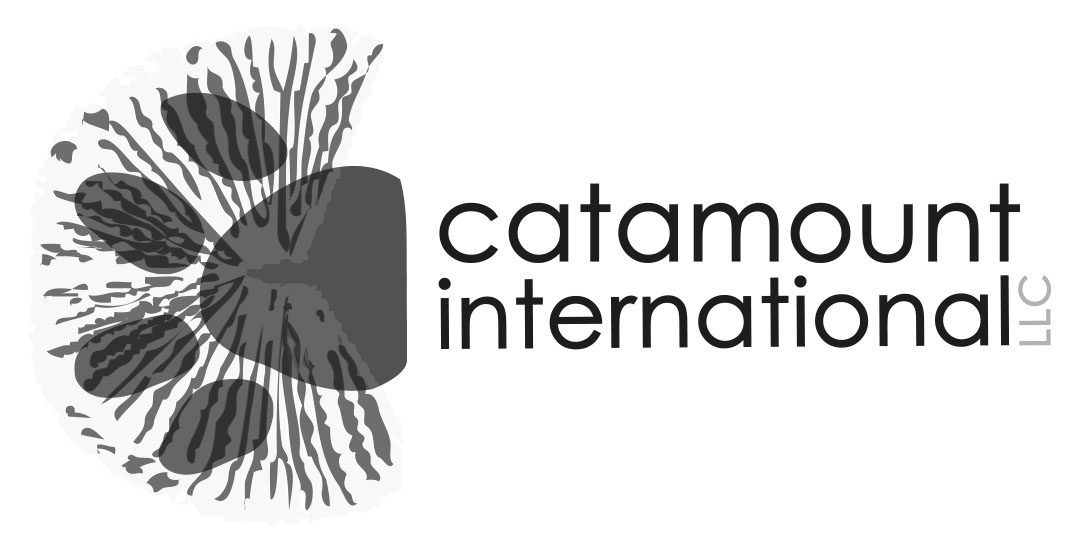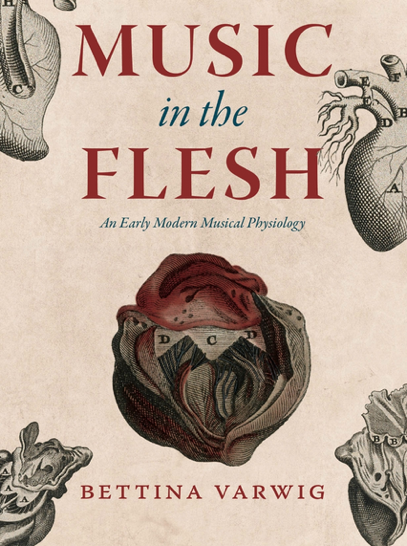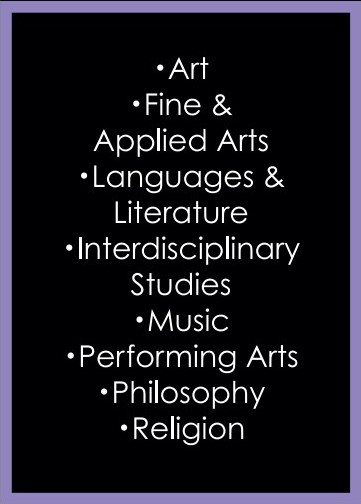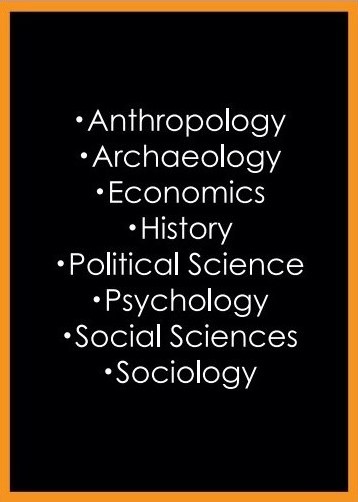Music in the Flesh
Breve descripción (SPA)
Una historia corporal de la creación musical en la Europa moderna temprana. Music in the Flesh reinventa las experiencias vividas de los sujetos que hacen música (compositores, intérpretes, oyentes) en el largo siglo XVII. Hay innumerables testimonios históricos de los poderosos efectos de la música sobre el cuerpo moderno temprano; se describe como conmovedor, arrebatador, doloroso, peligroso, curativo y milagroso al afectar “la circulación de los humores, la purificación de la sangre, la dilatación de los vasos y poros”.
Breve descrição (POR)
Uma história corporal da criação musical no início da Europa moderna. Music in the Flesh reinventa as experiências vividas pelos sujeitos que fazem música (compositores, intérpretes, ouvintes) no longo século XVII. Existem incontáveis testemunhos históricos dos poderosos efeitos da música no corpo do início da era moderna; É descrito como comovente, cativante, doloroso, perigoso, curativo e milagroso por afetar “a circulação dos humores, a purificação do sangue, a dilatação dos vasos e poros”.
Full description (ENG)
A corporeal history of music-making in early modern Europe.
Music in the Flesh reimagines the lived experiences of music-making subjects—composers, performers, listeners—in the long seventeenth century. There are countless historical testimonies of the powerful effects of music upon the early modern body; it is described as moving, ravishing, painful, dangerous, curative, and miraculous while affecting “the circulation of the humors, the purification of the blood, the dilation of the vessels and pores.”
How were these early modern European bodies constituted that music generated such potent bodily-spiritual effects? Bettina Varwig argues that early modern music-making practices challenge our modern understanding of human nature as a mind-body dichotomy. Instead, they persistently affirm a more integrated anthropology, in which body, soul, and spirit remain inextricably entangled. Moving with ease across repertories and regions, sacred and vernacular musics, and domestic and public settings, Varwig sketches a “musical physiology” that is as historically illuminating as it is relevant for present-day performance. This book makes a significant contribution not just to the history of music, but also to the history of the body, the senses, and the emotions, revealing music as a unique access point for reimagining early modern modes of being-in-the-world.
Arts & Humanities
otras áreas de / interés...
other areas of / interest...
outras áreas de interesse...
¿Buscas un título en un área específica?
Looking for books in a specific area?
¿Procurando livros em uma área específica?














